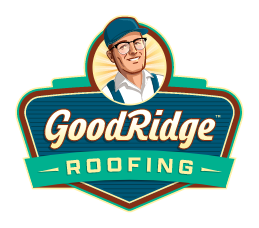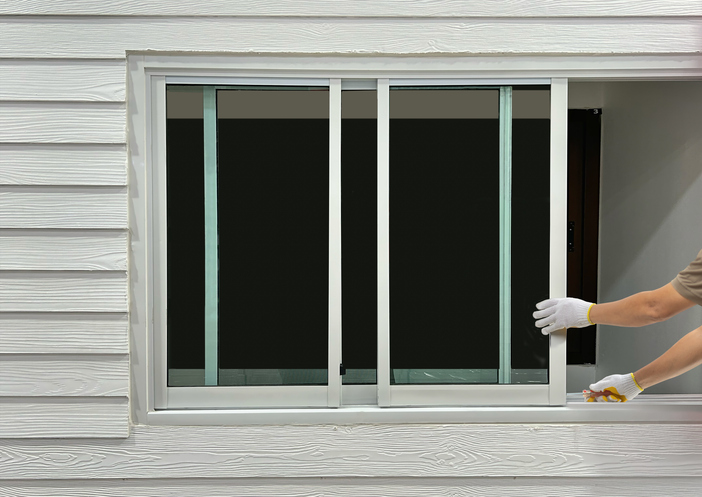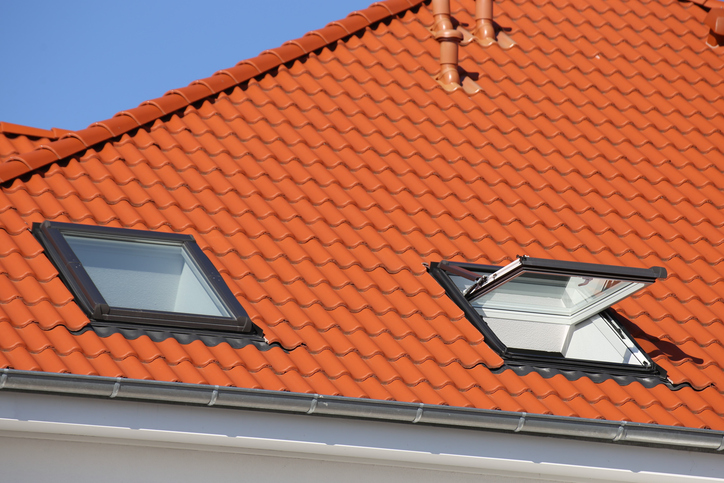Introduction
While skylights offer daylight and sky views, they can also become channels for unwanted noise. Whether it’s traffic, rainfall, or neighborhood sounds, the wrong skylight glass may let in more than just sunshine. That’s where skylight glass replacement becomes a game-changer. Upgrading to better materials can transform your home from echo-prone to peaceful, improving sleep, focus, and overall comfort. With noise pollution becoming a growing concern, especially in busy urban or suburban areas, more homeowners are discovering that what’s overhead matters just as much as what’s underfoot. Choosing the right glass type and installation method helps create a quieter interior without sacrificing natural light.
1. How Noise Travels Through Standard Skylight Glass
Basic skylight installations often use single-pane acrylic or low-grade tempered glass. While these materials let in light, they don’t do much to block or absorb sound waves. Noise from rain, wind, airplanes, or even passing cars can travel through the glass and echo into living spaces below. The thinner and lighter the material, the more easily it transmits sound vibrations. Older skylights may also lack proper sealing or use outdated frame technology, which further amplifies outside noise. Over time, worn seals and minor cracks can worsen the issue by letting in air gaps that act like amplifiers. Understanding these flaws highlights why many homeowners eventually seek replacements that prioritize peace.
2. Laminated Glass as a Noise-Reducing Upgrade
One of the most effective solutions for noise control is laminated glass. This type of glass features two panes bonded together with a sound-dampening interlayer, usually made of polyvinyl butyral (PVB). The design absorbs sound vibrations before they pass through the glass and into the home. Unlike ordinary panes, laminated skylight glass can significantly reduce airborne noise such as voices, music, or traffic. It also performs well during storms by softening the impact sounds of heavy rain or hail. Laminated options work without altering the look of your skylight and are available in both clear and tinted finishes. In addition to sound benefits, laminated glass offers safety advantages by holding together when cracked.
3. Double and Triple Glazing for Acoustic Control
Another approach to noise reduction involves multi-pane glass. Double-glazed skylights use two layers of glass separated by an air or gas-filled space, while triple-glazed versions offer three layers. These setups add insulation not only for temperature but also for sound. The airspace between the panes acts as a buffer, breaking the path of vibration. When combined with differing pane thicknesses and specialized low-noise coatings, these units can block a wide range of frequencies. This makes multi-glazed skylights especially useful near highways, flight paths, or busy neighborhoods. However, proper spacing and installation are key—too little or too much space between panes may reduce performance. Multi-pane glass also boosts energy efficiency, creating quieter and more comfortable rooms.
4. Frame Material and Installation Make a Big Difference
While the glass is crucial, the frame and how it’s installed also impact sound levels. Aluminum frames, although durable, tend to vibrate more and may conduct sound into your space. On the other hand, vinyl or wood-clad frames offer better acoustic insulation. Additionally, older skylights may lack compression gaskets, noise-dampening seals, or quality flashing. When scheduling a skylight replacement, a trained installer evaluates the entire system, not just the glass panel. They’ll address any gaps, weathering, or outdated hardware that contributes to noise transfer. A tight fit, updated sealing materials, and the right frame type all help the new glass perform at its full potential. Skipping these steps may limit the effectiveness of even high-end acoustic glass.
5. Added Benefits: Comfort, Value, and Well-Being
The benefits of replacing skylight glass go beyond quieting your space. Better acoustic control often improves temperature regulation, as many noise-reducing panes also offer thermal insulation. That means fewer temperature swings and lower HVAC demands. A quieter interior enhances sleep, supports concentration in home offices, and creates a more relaxing environment overall. From a resale standpoint, newer skylights signal modern upgrades that buyers appreciate, especially in noisy areas. Combined with proper light diffusion and UV protection, upgraded glass creates a balanced home atmosphere that’s comfortable day and night. For homeowners dealing with stress from outside sounds, it’s a practical and noticeable improvement that can impact daily well-being.
Excess noise entering through outdated skylights can disrupt comfort more than many homeowners realize. Choosing the right skylight glass replacement reduces those distractions, protects indoor peace, and improves overall home performance. Whether it’s laminated panels for storm noise or triple glazing for urban living, better materials paired with expert installation deliver real acoustic benefits. The right upgrade minimizes sound, supports temperature stability, and adds resale appeal. When you’re ready to regain the quiet, investing in better skylight solutions is a smart next step. Make your home a place where outside noise stays outside, without blocking the beauty of natural light.
Conclusion
Transform your living space with expert skylight glass replacement from Goodridge Roofing. Call our professionals at 405-831-8250 today for quieter interiors, lasting clarity, and professional service that enhances your home’s comfort.
📌 Count on Goodridge Roofing for Quick, Friendly, Local Service You Can Trust.














